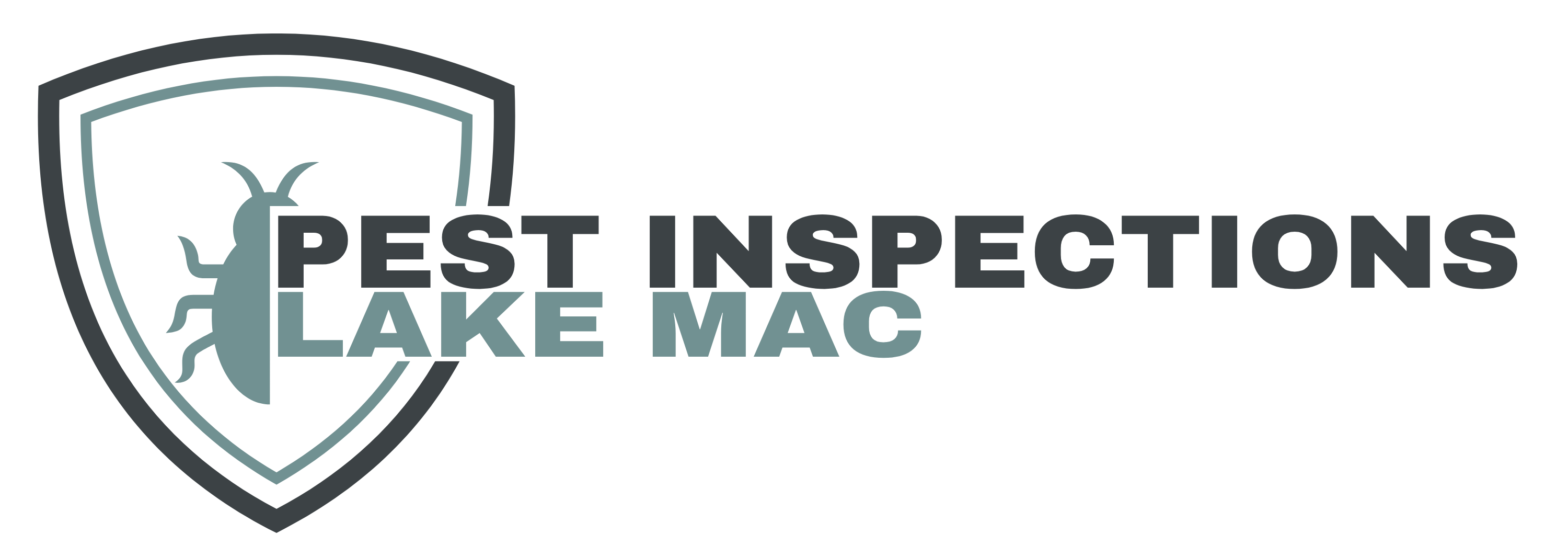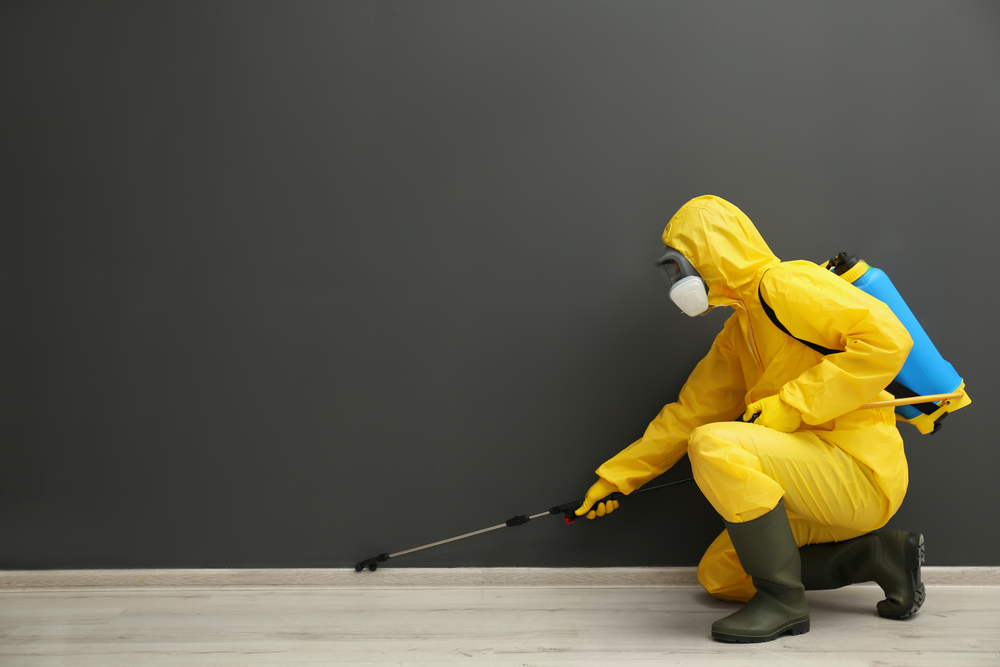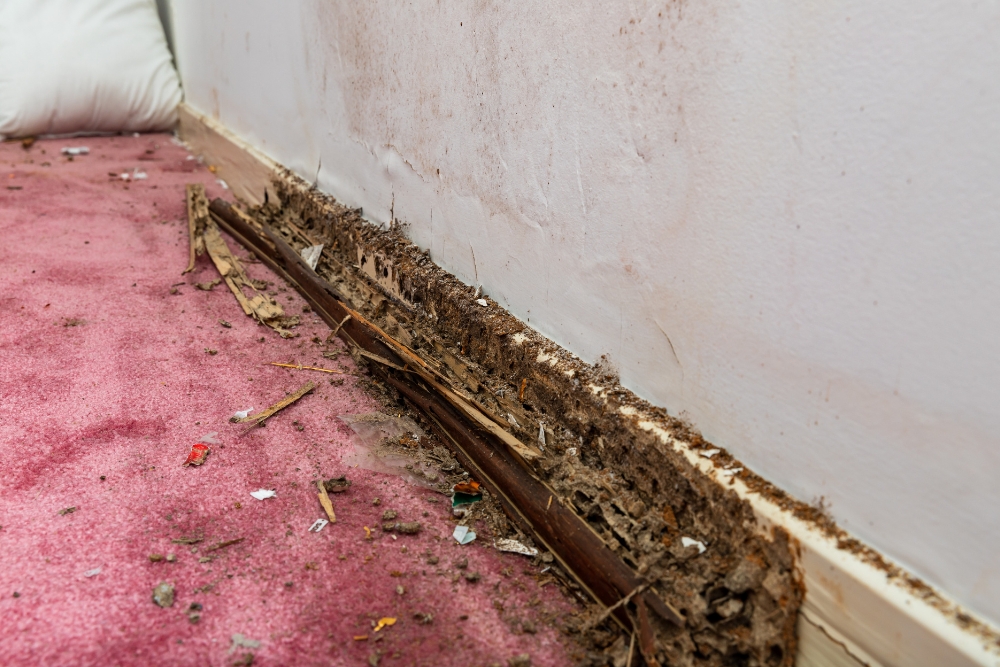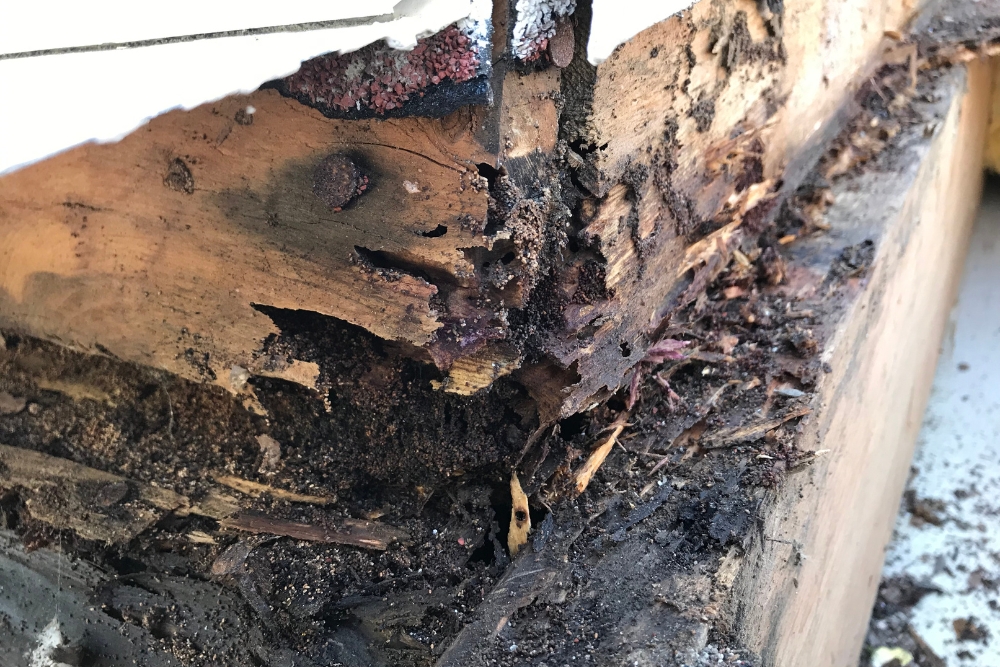Dealing with household pests goes beyond just a quick fix. We often reach for the nearest can of bug spray, but lasting solutions require more insight and care. This article explores tackling pest problems effectively while keeping our health and the environment in mind. Right from choosing safe pesticides to considering eco-friendly alternatives, it’s all about making informed decisions.
Understanding the safety measures for both indoor and outdoor pesticide use is crucial. These steps not only protect us but also ensure that we are not causing undue harm to our surroundings. Integrated Pest Management (IPM) offers an approach that reduces pest numbers without negatively impacting our world, employing methods like biological control and habitat manipulation.
Eco-friendly options have gradually gained traction as people look for ways to keep their homes pest-free without endangering their health or the planet’s well-being. Moreover, enlisting help from licensed pest control operators can significantly up the game by providing expert advice and comprehensive treatment plans tailored to one’s needs.
Prevention plays a key role too; simple actions like sealing cracks and maintaining cleanliness can drastically lower the need for chemical interventions, promoting safer living spaces. Find out more as you read on!
Key Takeaways
- Always choose the right pesticides for your problem and follow safety measures like storing them properly and wearing protective gear.
- Integrated Pest Management (IPM) offers a long-term solution by using methods that reduce pests without harming the environment, such as biological control and habitat manipulation.
- Consider eco-friendly alternatives to chemical pesticides, including natural predators or mechanical barriers, to protect both health and our planet.
- Seek help from licensed pest control operators who can provide expert advice, tailor treatment plans, and ensure the safe handling of chemicals.
- Taking steps to prevent pest entry by sealing cracks and keeping areas clean reduces the need for pesticides, promoting a safer home environment.
Understanding Pesticides and Their Safety
When selecting pesticides for use in your home or garden, understanding the nature of the product and adhering to safety protocols is paramount. Not all pesticides are created equal, with each designed for specific pests and environments, making it crucial to choose one that aligns with your particular problem and application area, whether indoors or outdoors.
Educating yourself on the correct application methods is also critical, as misuse or overuse can lead to health risks for both humans and pets, as well as unintended harm to beneficial insects and the surrounding ecosystem.
Protective gear, such as gloves and masks, should be utilised to minimise exposure to these potent chemicals. Moreover, properly storing pesticides away from children and pets and following the manufacturer’s disposal instructions can further ensure that your pest control efforts are both effective and safe.
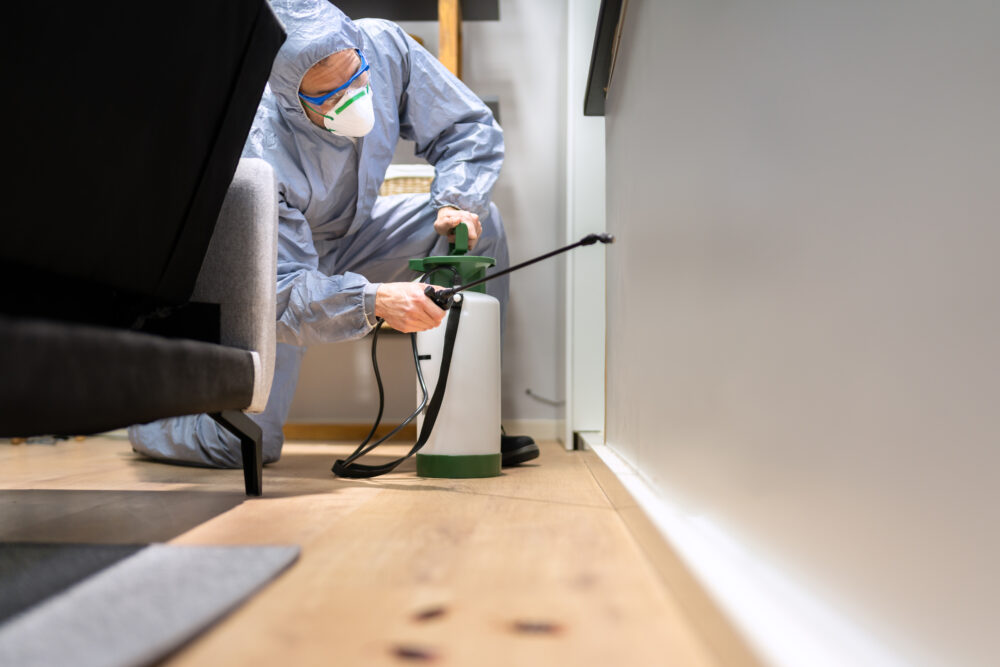
Choosing the right pesticides
Selecting the appropriate pesticides is crucial for effective pest control in our homes. We always look for products that are eco-friendly and pose minimal risks to our health and environment.
It involves understanding the type of pests we’re dealing with, whether they be insects or rodents, and choosing a pesticide that targets them without harming non-target species. Reading labels carefully helps us ensure we’re using the product as intended and taking necessary safety precautions.
Before applying any pesticide, indoors or outdoors, we assess the infestation’s extent and consider integrated pest management (IPM) strategies. IPM focuses on the long-term prevention of pests through a combination of techniques such as biological control, habitat manipulation, and using resistant varieties.
This approach reduces reliance on chemical solutions by making our environment less attractive to pests. Next up: general safety measures when handling pesticides.
General safety measures
When it comes to general safety measures regarding pesticides, it is advisable to follow these guidelines meticulously:
- Store pesticides in their original containers and ensure they are tightly sealed.
- Keep pesticides out of reach of children and pets, preferably in a locked cabinet or shed.
- Wear protective clothing such as gloves, long sleeves, trousers, and closed-toe shoes when handling pesticides.
- Always wash hands thoroughly with soap and water after using pesticides or coming into contact with treated surfaces.
- Use pesticides only in well-ventilated areas to minimise exposure to fumes.
- Refrain from eating, drinking, or smoking while applying pesticides or in areas where they have been applied.
- Dispose of pesticide containers and leftover chemicals responsibly according to local regulations.
Following these safety measures not only ensures your safety but also contributes to sustainable pest control solutions for the environment and your household.
Indoor use of pesticides
When using pesticides indoors, always follow safety guidelines and measures to minimise risks to health and the environment. Choose pesticides labelled for indoor use, apply them according to instructions, and store them out of reach of children and pets. Ventilate treated areas thoroughly before re-entry.
Regularly inspect your home for pest entry points such as cracks, crevices, and gaps around doors and windows. Seal these openings with caulk or draught excluders to prevent pests from entering. Keep food stored in airtight containers and maintain cleanliness to eliminate potential attractants for pests indoors.
Implementing integrated pest management (IPM) techniques can also help reduce the need for indoor pesticide use by focusing on prevention methods such as sanitation, exclusion, and mechanical control.
Outdoor use of pesticides
When applying pesticides outdoors, always read and follow the label instructions meticulously to ensure safe and effective application. It is important to choose pesticides specifically designed for outdoor use, considering factors such as weather conditions, target pests, and application methods.
To minimise harm to the environment and non-target organisms, carefully adhere to recommended safety precautions when using pest control chemicals in outdoor spaces around your home or building.
In addition to following safety guidelines, it’s advisable to consider eco-friendly pest control alternatives or integrated pest management (IPM) strategies for long-term sustainable solutions.
Effects of Pesticides on Health and the Environment

The use of pesticides, while effective for controlling unwanted pests, can have significant repercussions on human health and the environmental balance, necessitating a thorough understanding of their impacts.
Human exposure to certain pesticides has been associated with a range of health issues, from immediate symptoms such as headaches and nausea to more severe, long-term effects including respiratory problems, endocrine disruption, and even cancer. The environment also suffers, as pesticides can contaminate soil and water sources, harm wildlife, and decrease biodiversity by killing non-target species, including beneficial insects and pollinators. As such, making informed choices about which pesticides to use and how to apply them safely is essential.
This deeper knowledge can guide individuals in minimising risks to health and the environment, ensuring that pesticide use is responsible, targeted, and as minimal as necessary.
Pesticide toxicity
Pesticides pose a significant risk to human health and the environment. Exposure to pesticides can result in adverse effects on the nervous system, skin, eyes, respiratory system, and gastrointestinal tract.
In addition, prolonged exposure or ingestion of certain pesticides may lead to chronic health issues such as cancer or reproductive problems. Homeowners and pest inspectors alike must understand the potential toxicity of various pesticide products used within residential settings.
Implementing appropriate safety measures when handling, applying, or storing pesticides is essential to minimise the risk of harm.
Furthermore, being aware of the specific toxins present in different types of pesticides enables individuals involved in pest control services to take necessary precautions during application and disposal processes.
Harm to the environment
Pesticides can have a detrimental impact on the environment, affecting local flora and fauna. Runoff from outdoor pesticide use can contaminate water sources, harming aquatic life and disrupting ecosystems.
Additionally, airborne pesticides can drift to non-target areas, posing a threat to beneficial insects like bees and other pollinators essential for maintaining biodiversity.
To minimise harm to the environment, consider eco-friendly pest control methods such as integrated pest management (IPM) that focus on prevention and using natural predators or traps instead of chemicals.
Alternatives to pesticides
When managing household pests, consider alternatives to pesticides. These options can be effective in controlling pests while minimising the use of harmful chemicals. Here are some alternatives to consider:
- Biological control: Introduce natural predators or parasites to help manage pest populations without the need for chemical intervention.
- Mechanical control: Use physical barriers such as screens, nets, or traps to prevent pests from entering your home or garden.
- Cultural control: Implement practices like proper waste management and regular cleaning to remove sources of food and shelter for pests.
- Organic solutions: Utilise natural substances like diatomaceous earth, neem oil, or garlic spray to repel or eliminate pests while being environmentally friendly.
- Integrated pest management (IPM): Adopt a comprehensive approach that combines multiple strategies to address pest problems holistically.
- Habitat modification: Alter the environment to make it less conducive to pest infestations, such as removing standing water or sealing entry points.
- Plant-based repellents: Use plants with natural pest-repelling properties, such as mint, lavender, or marigolds, around your home or garden.
By exploring these non-chemical alternatives, homeowners and professionals can effectively manage pest issues while prioritising safety and environmental protection.
Dealing with Pesticide Poisoning
If you or someone you know experiences symptoms of pesticide poisoning, it’s imperative to seek medical assistance without delay. This action is critical, as the effects of pesticide exposure can range from mild to life-threatening, depending on the type and amount of pesticide involved.
In the interim, take immediate steps to prevent further exposure by removing the affected individual from the contaminated area and removing any clothing that may have come into contact with the pesticide. It’s also beneficial to follow established first aid guidelines for pesticide poisoning, which may involve rinsing exposed skin with copious amounts of water or utilising activated charcoal, as directed by poison control centres.
Ensuring that you have the pesticide container or label at hand when seeking medical help can provide crucial information to healthcare providers, facilitating more accurate diagnosis and treatment.

Acute poisoning
Acute poisoning occurs when a person or pet ingests, inhales, or comes into direct contact with concentrated pesticides. Symptoms of acute pesticide poisoning can range from dizziness and nausea to more severe outcomes like seizures and difficulty breathing. If you suspect acute pesticide poisoning, seek immediate medical attention.
To prevent acute poisoning, store pesticides safely out of reach of children and pets, wear protective clothing when handling them, and follow the manufacturer’s instructions for proper use and dosage.
Chronic poisoning
Chronic poisoning from pesticides occurs when low levels of exposure happen over an extended period. Symptoms may include headaches, fatigue, dizziness, and skin irritation. Long-term effects can impact the nervous system, liver, and kidneys.
Those at higher risk are individuals chronically exposed to pesticides in their profession or through residential use without proper safety measures. Health professionals advise regular health check-ups for early detection of chronic pesticide poisoning.
Risk factors
Pesticide poisoning risk factors are important to consider for homeowners, building inspectors, and pest inspectors. Understanding these factors enhances safety and ensures proper management of pest control. Here are some key risk factors:
- Exposure duration: The longer the exposure to pesticides, the higher the risk of adverse effects on health.
- Frequency of pesticide use: Repeated application increases the likelihood of exposure and potential poisoning.
- Pesticide concentration: Higher concentrations pose greater risks to human health and can have devastating effects on the environment.
- Handling procedures: Incorrect handling, such as inadequate use of personal protective equipment, escalates the risk of exposure and poisoning.
- Storage practices: Improper storage, including keeping pesticides near living areas or food preparation spaces, heightens the risk of accidental exposure leading to poisoning incidents.
- Application techniques: Inaccurate application methods may result in overexposure for individuals nearby or contamination of non-target areas.
- Health conditions: Pre-existing health issues, particularly respiratory or immune system disorders, may increase susceptibility to the adverse effects of pesticide exposure.
Understanding these risk factors is essential for effective household pest management and ensuring a safe living environment for all residents.
First aid for pesticide poisoning
- Risk factors may lead to pesticide poisoning, causing symptoms such as dizziness, nausea, and skin irritation.
- If exposed to pesticides, immediately move the affected person to fresh air and wash the contaminated skin with soap and water.
- Encourage the individual to drink water or milk and seek medical help promptly.
- Provide authorities with information about the pesticide involved in the incident for proper treatment.
- Ensure proper ventilation in areas where pesticides are used to prevent accidental exposure.
- In case of ingesting pesticides, do not induce vomiting unless directed by poison control or medical personnel.
- Keep emergency numbers visible in case of accidental poisoning and be prepared for first aid measures.
Enlisting Professional Pest Control Services
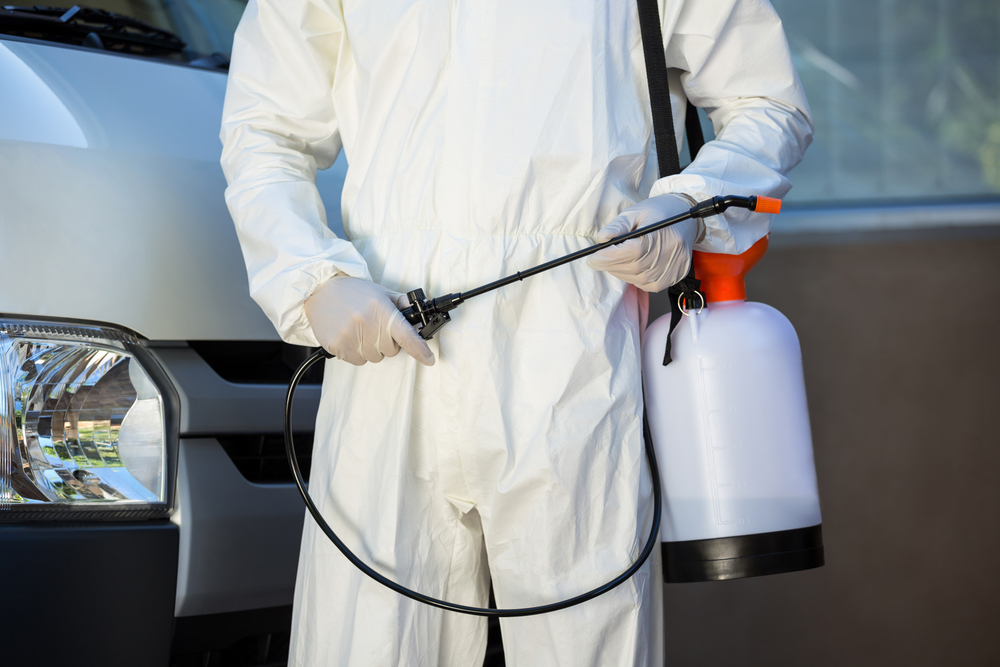
Enlisting the expertise of a licensed pest control operator is a vital step towards implementing a safe and effective strategy for managing household pests. These professionals possess the necessary knowledge, tools, and experience to accurately identify pest species, understand their behaviour, and determine the most effective treatment while minimising risks to humans and pets.
Opting for professional services ensures access to more comprehensive solutions that go beyond mere temporary fixes, targeting the root cause of infestations and employing preventative measures to safeguard against future problems.
Additionally, licensed operators are often up-to-date with the latest, most environmentally friendly pest control methods, helping to reduce the ecological impact of treatments. By choosing professional pest control services, homeowners gain peace of mind, and confidence in the knowledge that their pest issues are being addressed thoroughly and responsibly.
Benefits of hiring a licensed pest control operator
Choosing a licensed pest control operator assures expertise in dealing with pest issues and ensures adherence to safety standards. Here are the benefits of hiring a licensed pest control operator:
- Expertise in Pest Identification: Licensed operators possess the knowledge and skills to accurately identify pests, allowing for targeted and effective treatments.
- Safe Handling of Chemicals: They are trained to handle pesticides safely, minimising risks to occupants and the environment.
- Customised Treatment Plans: Licensed operators develop tailored treatment plans, addressing specific pest issues in residential properties while considering environmental impact.
- Compliance with Regulations: They adhere to industry regulations and use approved chemicals, ensuring legal compliance and ethical practices.
- Ongoing Support and Maintenance: They offer continued support, including monitoring and maintenance programmes to prevent reinfestation or new pest problems.
By choosing a licensed pest control operator, homeowners can benefit from specialised expertise, safe practices, tailored solutions, regulatory compliance, and ongoing support for long-term pest management.
Safety precautions
Transitioning from the benefits of hiring a licensed pest control operator to safety precautions, it’s essential to prioritise your well-being and that of your family. When using pesticides at home, always wear protective gear such as gloves, goggles, and masks for added protection against harmful chemicals.
Ensure proper ventilation by opening windows and doors when applying pesticides indoors. Store pesticides in their original containers out of reach of children and pets to prevent accidental exposure.
Always follow the manufacturer’s instructions meticulously to minimise risks associated with pesticide use.
When enlisting professional pest control services for your home, enquire about the safety measures they take during treatments. Confirm that they use eco-friendly products and implement strategies focused on long-term solutions rather than quick fixes.
Where to find reliable pest control services
Transitioning from safety precautions to finding reliable pest control services, Australians must seek professional assistance when dealing with household pests. Reliable pest control services can be found through licensed and certified operators who specialise in residential pest management.
These experts are equipped with the knowledge and tools to address a wide range of pest issues, from insect control to rodent eradication. Homeowners, building inspectors, and pest inspectors can easily access these services by searching for reputable companies that offer eco-friendly pest control solutions tailored towards long-term prevention.
Australians seeking reliable pest control services should prioritise licensed professionals who adhere to environmentally friendly practices. Homeowners and inspectors need to select companies that implement integrated pest management (IPM) strategies proven effective against various pests while safeguarding health and the environment.
Call Us!
Let’s recap the key strategies discussed in this article for lasting household pest solutions. You can implement these practical, efficient tips to tackle pest issues effectively. By applying these approaches, you can significantly improve your pest control outcomes and minimise environmental impact.
Explore further resources or services to deepen your knowledge and engagement beyond this article. Take charge of your home’s pest control with confidence and determination!
